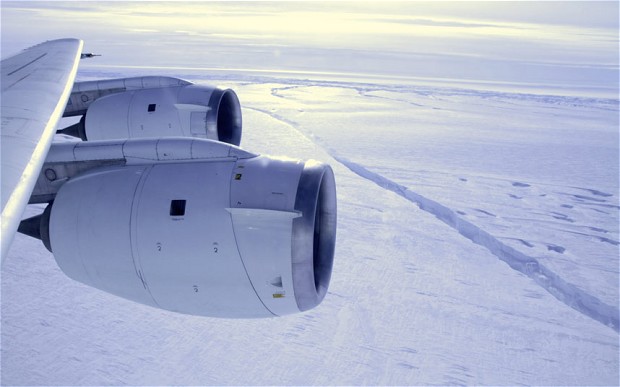OF THE
TIMES
"We have about 50% of the world's wealth but only 6.3% of its population. This disparity is particularly great as between ourselves and the peoples of Asia. In this situation, we cannot fail to be the object of envy and resentment. Our real task in the coming period is to devise a pattern of relationships which will permit us to maintain this position of disparity without positive detriment to our national security. To do so, we will have to dispense with all sentimentality and day-dreaming; and our attention will have to be concentrated everywhere on our immediate national objectives. We need not deceive ourselves that we can afford today the luxury of altruism and world-benefaction."
~ US State Department, 1948
If the US denied agreeing to Rafah attack, then it is almost certainly true. Nothing is beneath it.
Testosterone levels have been dropping in the USA. [Link] This raises questions. What is causing it? Cell phone radiation, chemicals added to...
His best bet is to step down, but his greed won't allow it. [Link]
Notice the people at a rock concert in in 1985...After this concert Queen had a new resurgence in fan popularity, note the crowds and music. How...
A powerful share that is filled with spiritual wisdom. [Link]
To submit an article for publication, see our Submission Guidelines
Reader comments do not necessarily reflect the views of the volunteers, editors, and directors of SOTT.net or the Quantum Future Group.
Some icons on this site were created by: Afterglow, Aha-Soft, AntialiasFactory, artdesigner.lv, Artura, DailyOverview, Everaldo, GraphicsFuel, IconFactory, Iconka, IconShock, Icons-Land, i-love-icons, KDE-look.org, Klukeart, mugenb16, Map Icons Collection, PetshopBoxStudio, VisualPharm, wbeiruti, WebIconset
Powered by PikaJS 🐁 and In·Site
Original content © 2002-2024 by Sott.net/Signs of the Times. See: FAIR USE NOTICE

I don't get it, why can't they track it with satellites? From what I can gather, the iceberg broke off some time in the summer season which will be around December to February of this year and then promptly refroze back into the icepack in July (winter)... So, it's probably still right where it was and hasn't gone anywhere! Yet. At all. I wonder if that grant of UK 50,000 isn't throwing good money after bad and couldn't be spent more effectively/wisely?
I mean, how hard could it be to track something the size of Singapore - especially as its already on earth to begin with?